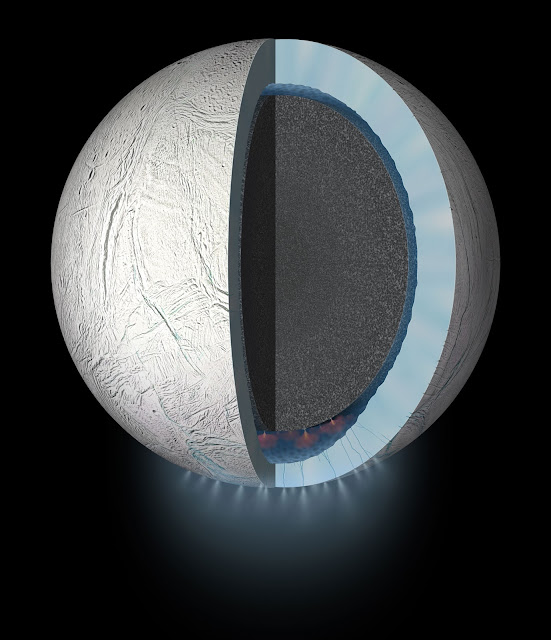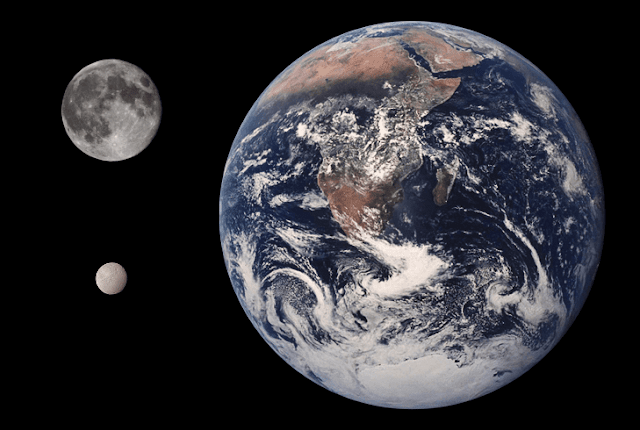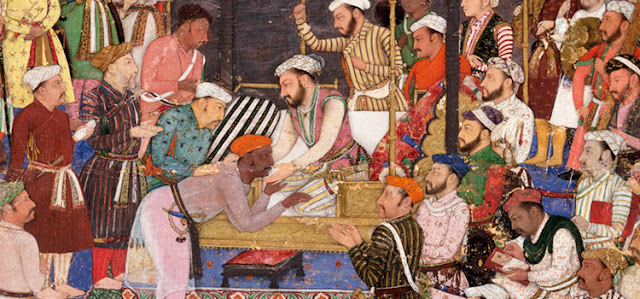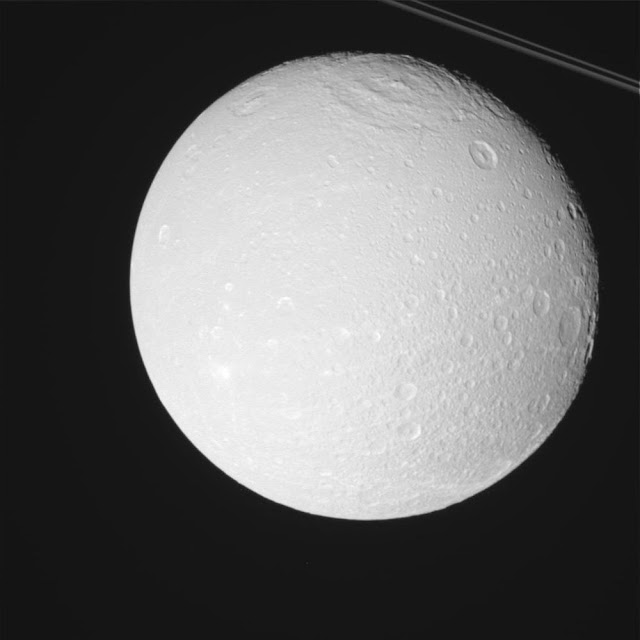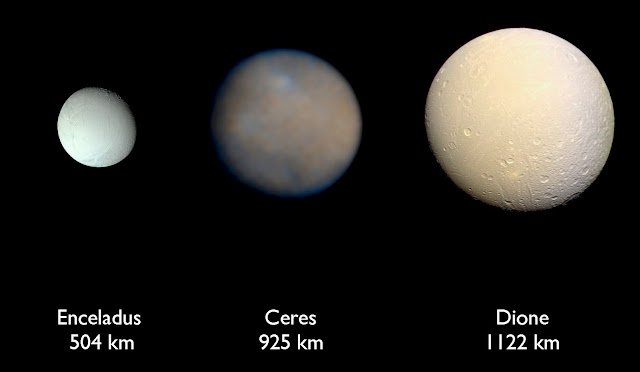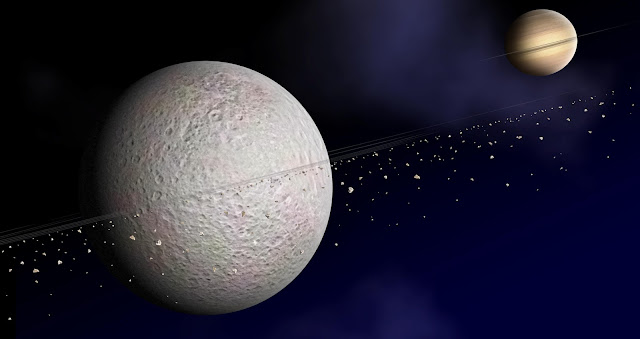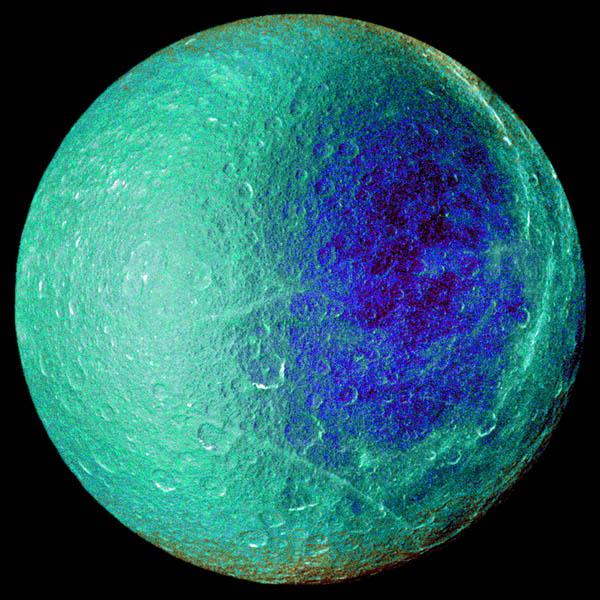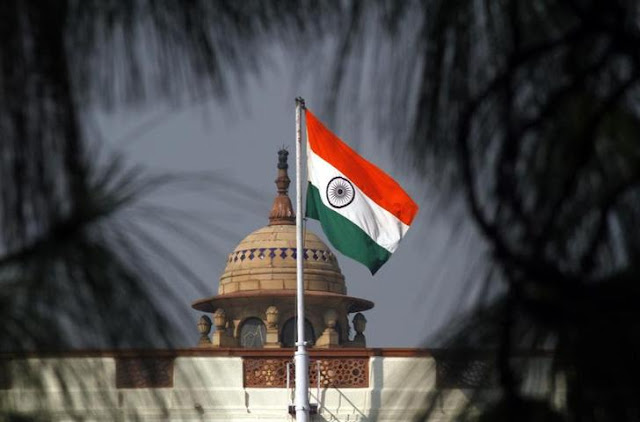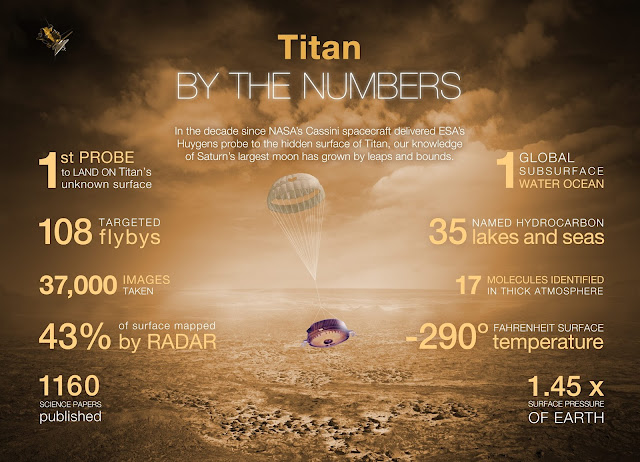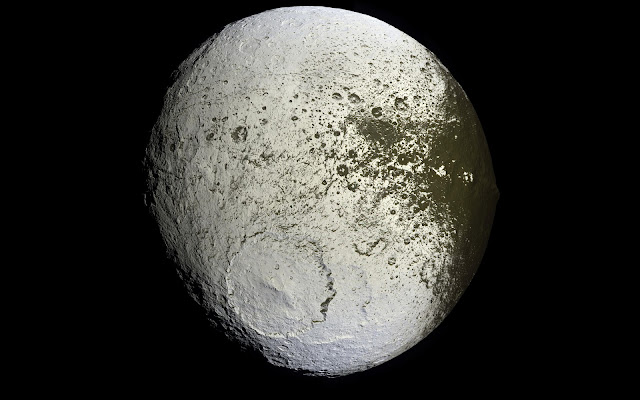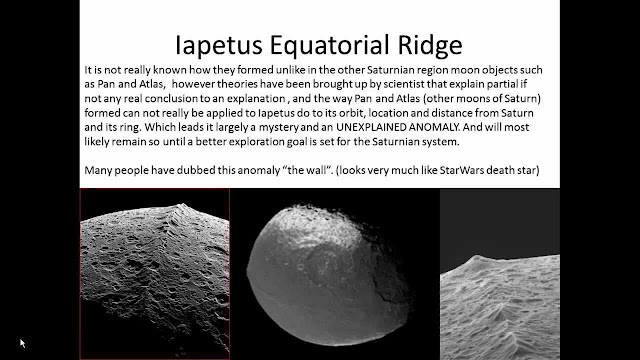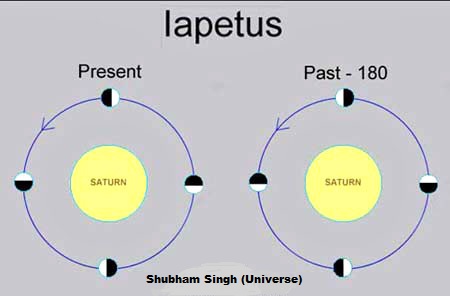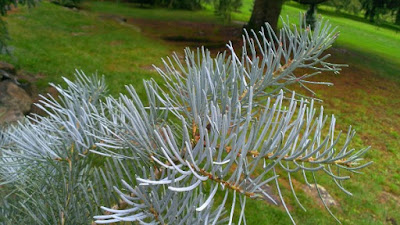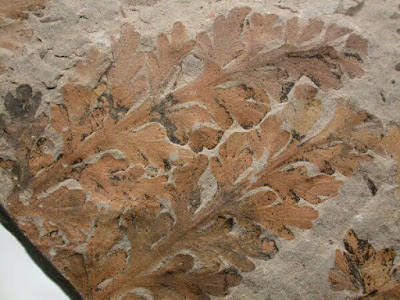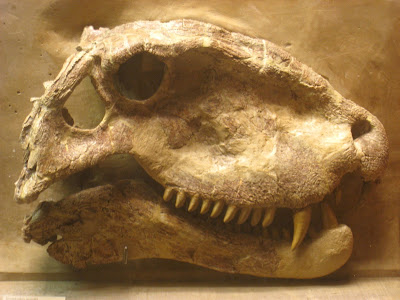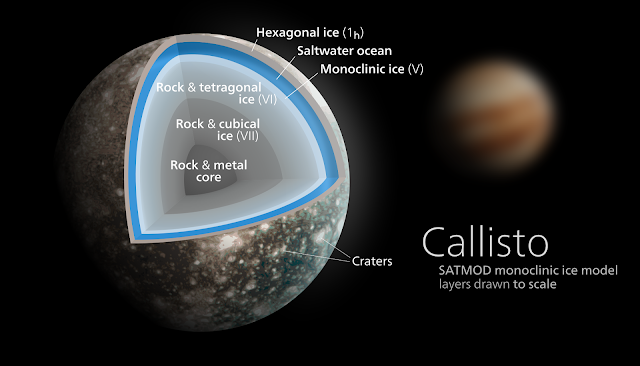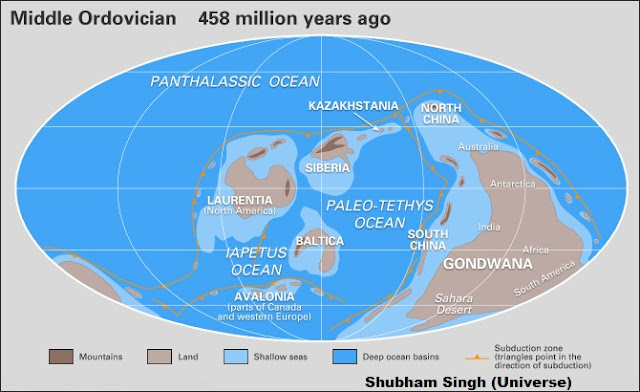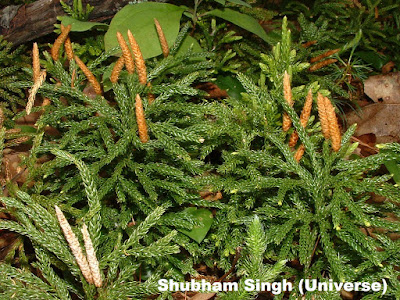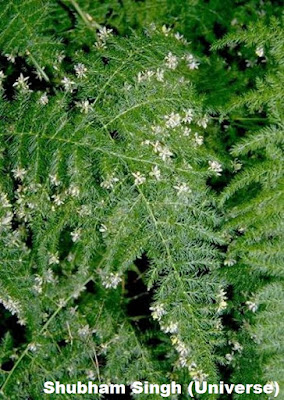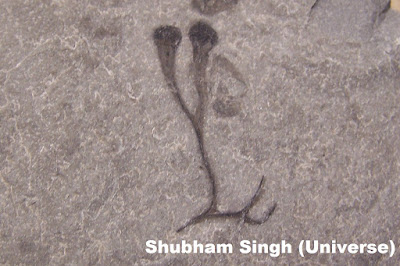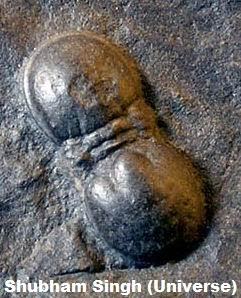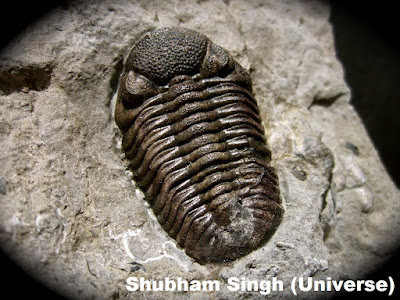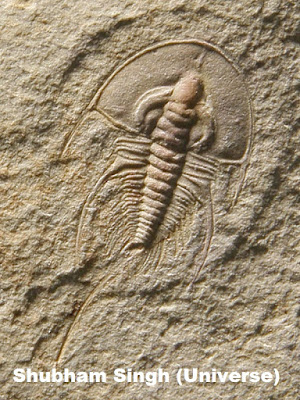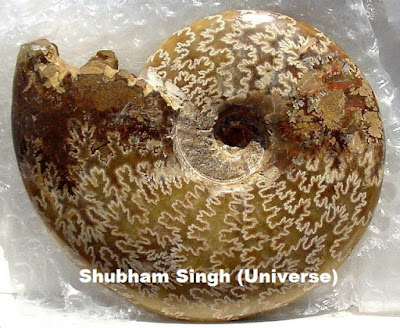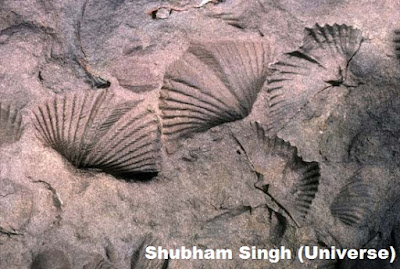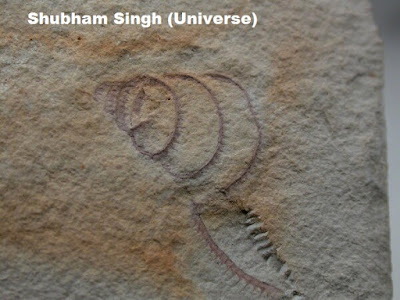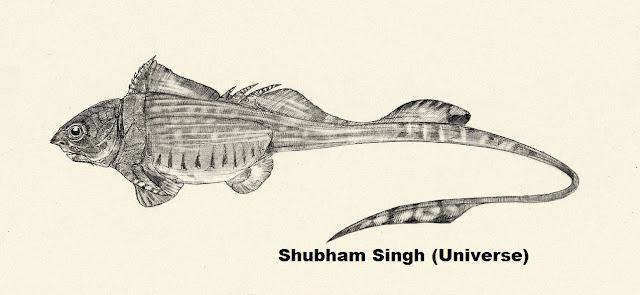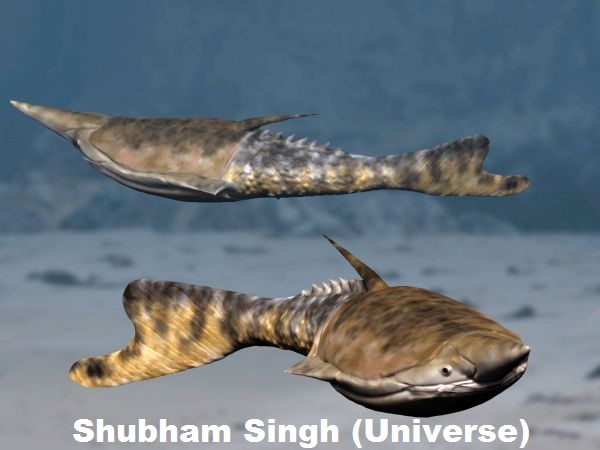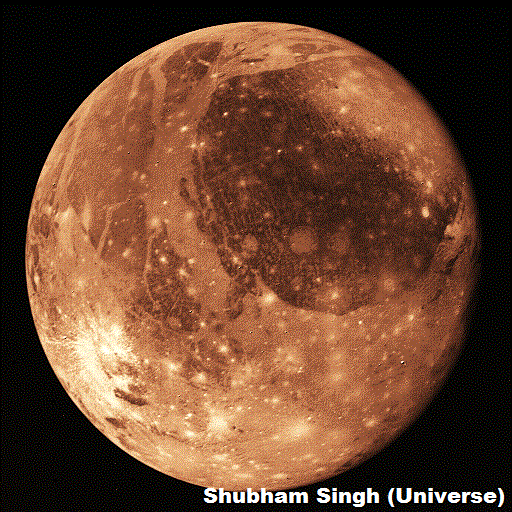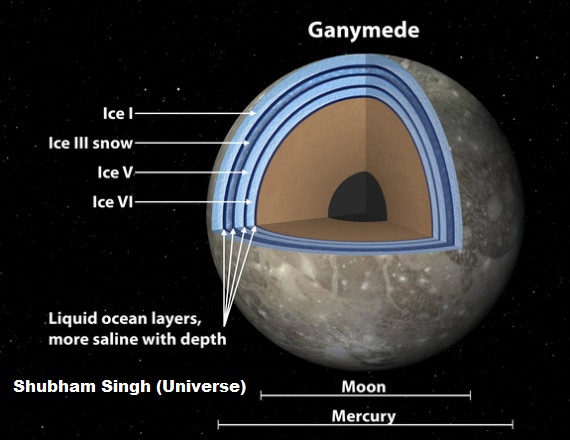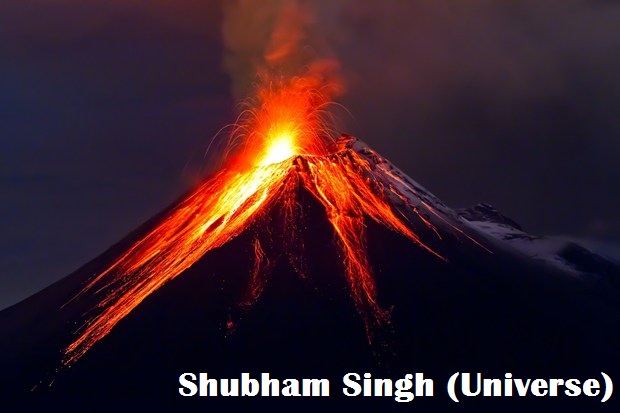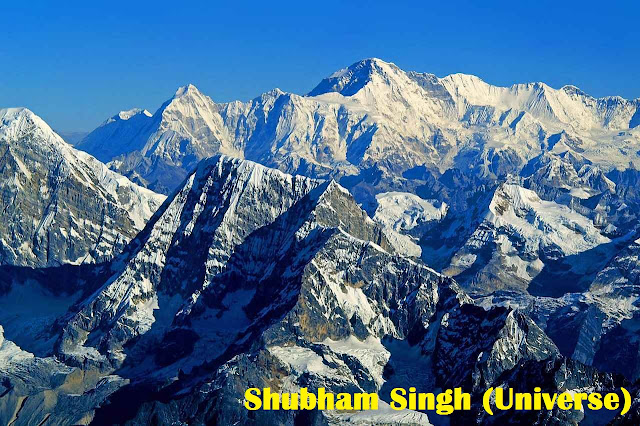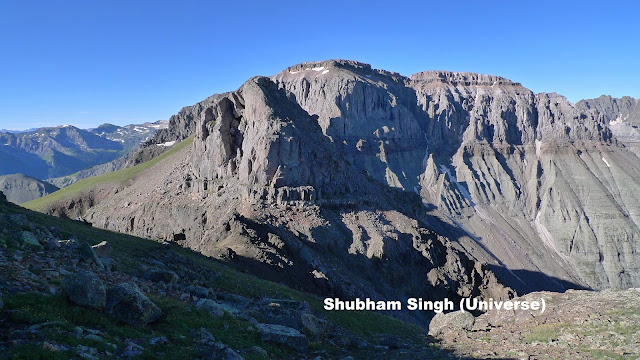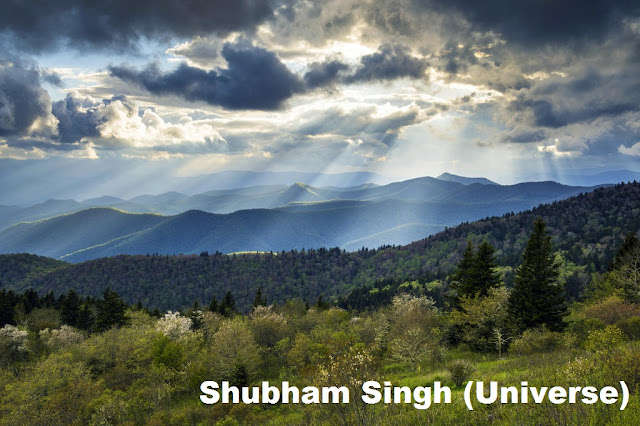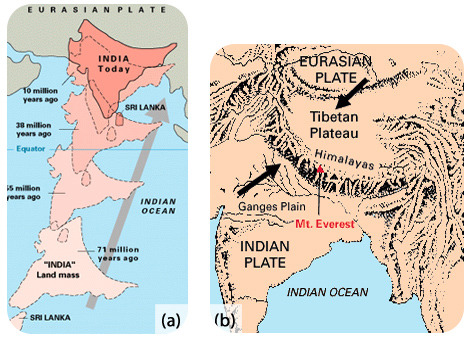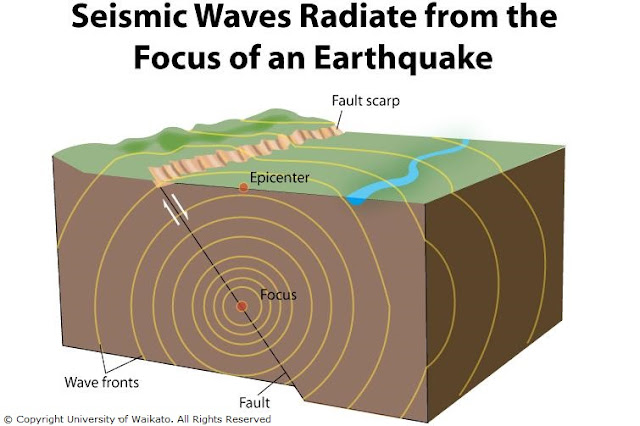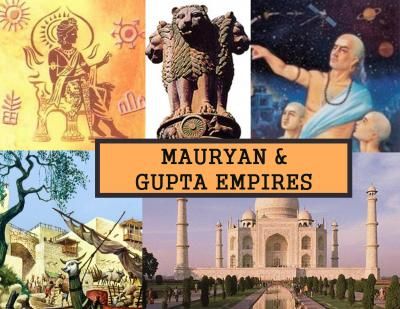 |
| Mauryan and Gupta Empires |
1. What is
Arthashastra, a treatise by
Kautilya?
ans.
- It is a series of books written by a Brahman Minister in the Period of Chandragupta Maurya. Basically it is written in Sanskrit and discusses theories and principles for effective governance.
- It consists of 15 books dealing extensively with the powers and obligations of the king.
- Major organs including the king, the ministers and the Janapada (territory with people settled on it.).
- The Durga, the treasury.
- The Army.
- The Revenue administration.
- The Personnel administration.
2. What are the following principles of Public administration in "
Arthshastra"?
ans.
- Welfare orientation.
- Unity of command.
- Division of work.
- Co-ordination.
- Planning.
- Budgeting and accounting.
- Decentralisation.
- Recruitment based on qualification laid down for each post.
- Paid civil services.
- Hierarchy.
- Delegations of Authority.
3. In the Mauryan administration, How the state had to perform?
ans.
- They had to perform two types of functions:-
- The Constituent (Component) functions:- These functions were related to maintenance of law and order, security of person and property and defence against aggression.
- The Ministrant (Welfare) functions:- These functions had to do with provision of welfare aggression.
4. How were these functions (Mauryan) carried out?
ans.
- These functions were carried out by highly organised and elaborate governmental machinery.
5. How was the Mauryan empire divided?
ans.
- The empire was divided into a Home Province under the direct control of central government.
- 4 to 5 outlying provinces, each under a viceroy who was responsible to the central government.
- The provinces had considerably autonomy in the "Feudal- Federal" type of organisation.
- The provinces were divided into districts and districts into villages with a whole lot of officials in charge at various levels.
- There was city government too and two types of courts corresponding to the Modern Civil and Criminal Courts.
5. How was the Mauryan administration work distributed?
- It was distributed among number of departments, a very important department being the special tax department, managed by an efficient and highly organised bureaucracy who was supplemented by the army and the secret police.
6. How was the Mauryan king assisted?
ans.
- The administrative system was a close combination of military force and bureaucratic despotism.
- An outstanding features of Mauryan administration was that the State, through a new class of officials, known as "Dharma Mahamantras" carried out the policy of moral regeneration of the people.
- Ashoka, the great Mauryan king set up a department called the Ministry of Morals.
7. How did the Guptas continued the legacy of the Mauryans?
ans.
- The Guptas continued the legacy of the Mauryans in many respects:-
- The divine character of the king was upheld and king controlled all the levels of the administration machinery.
- The empire was divided, like the Mauryans, for the administrative purposes, into units styled as "Bhakti, Desa, Rashtra and Mandala".
- Villages has their own headmen and assemblies, town and cities had special officers called 'Nagarpatis' and even town councils.
- The king had the help of various functionaries to share the burden of administration.
- Apart from the confidential adviser, there were civil and military officials , district officers and many others.



